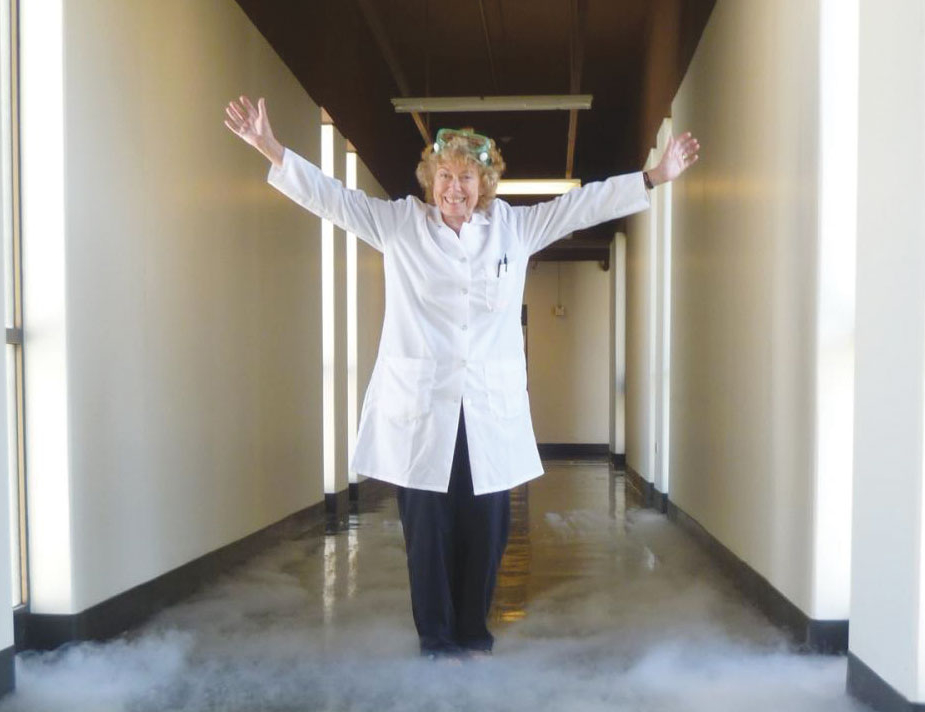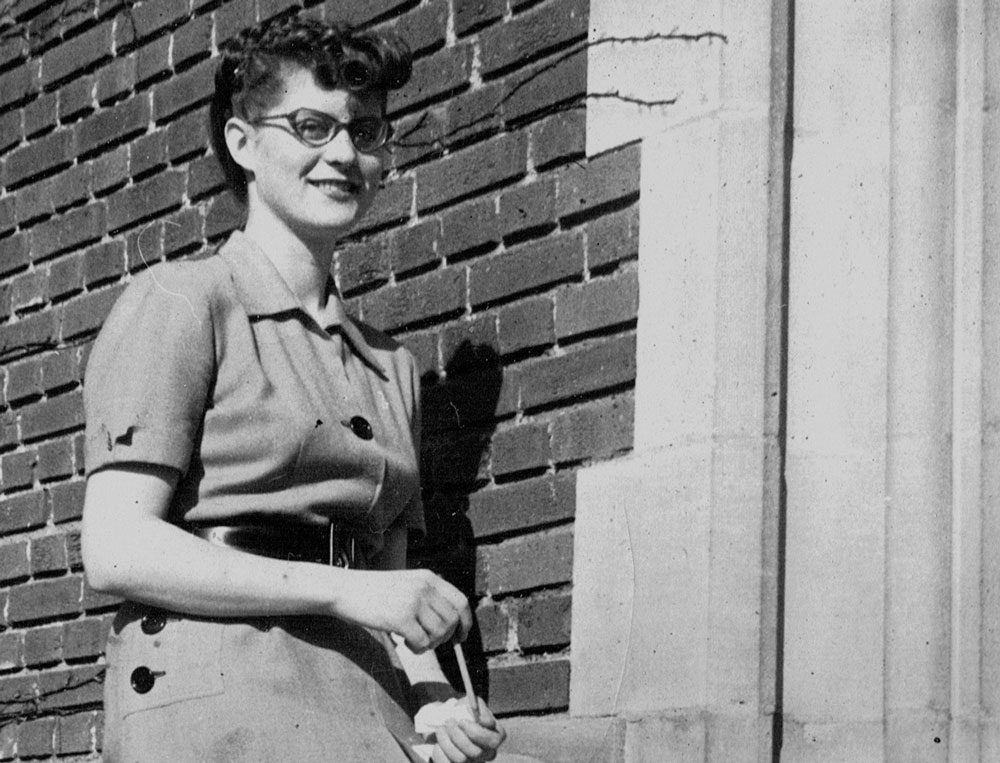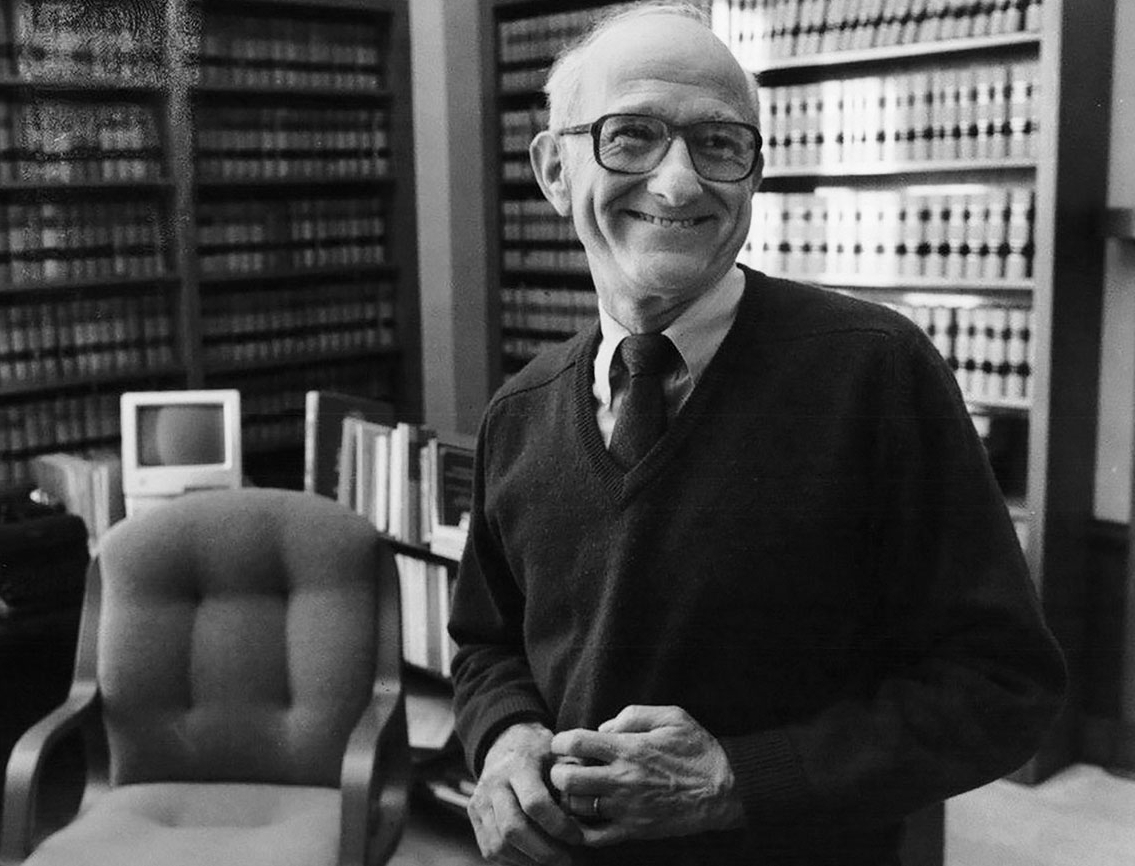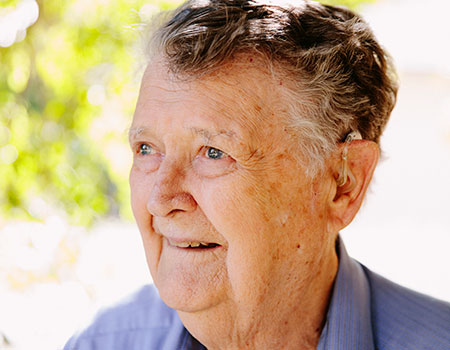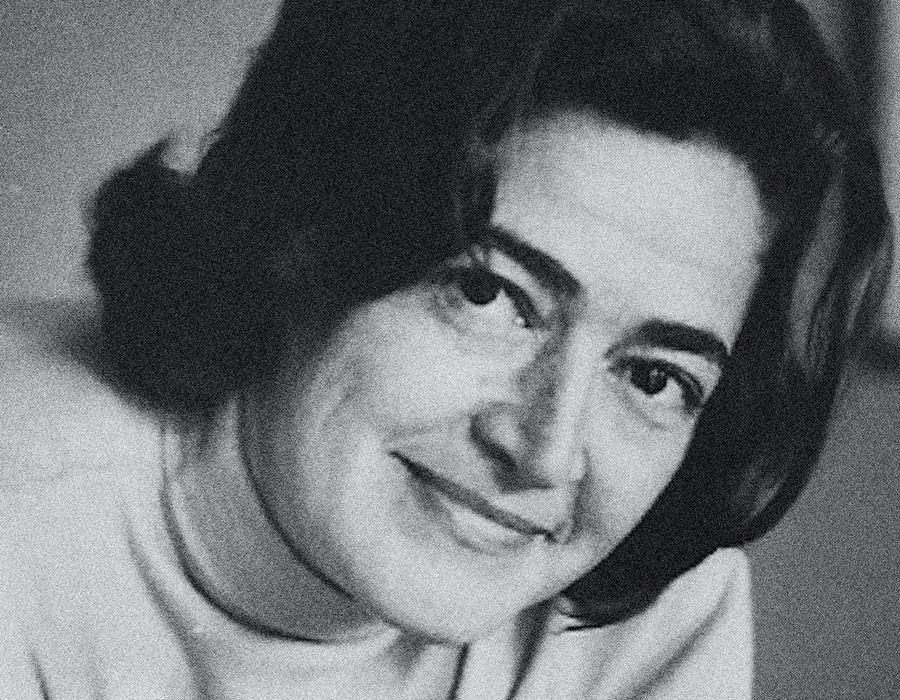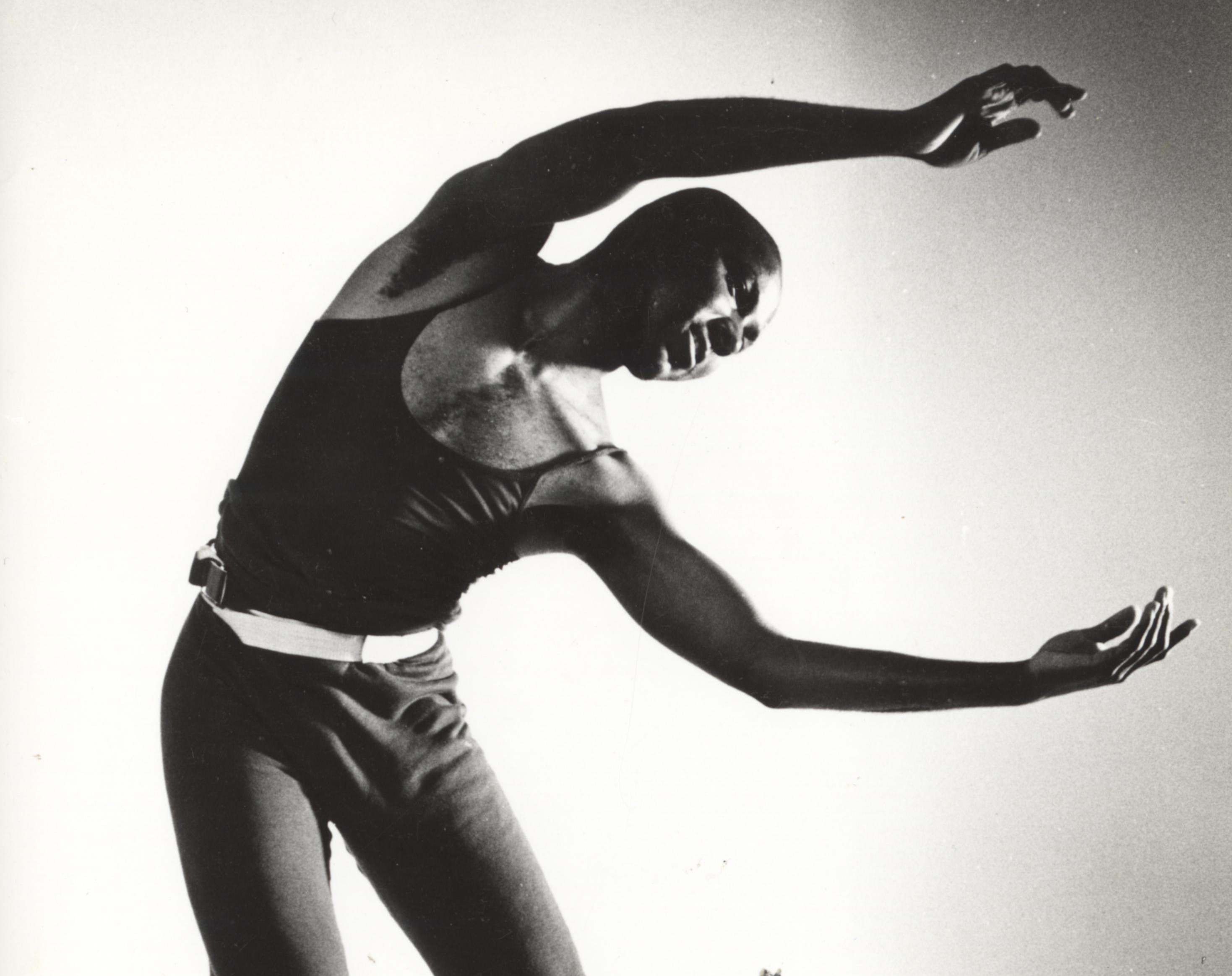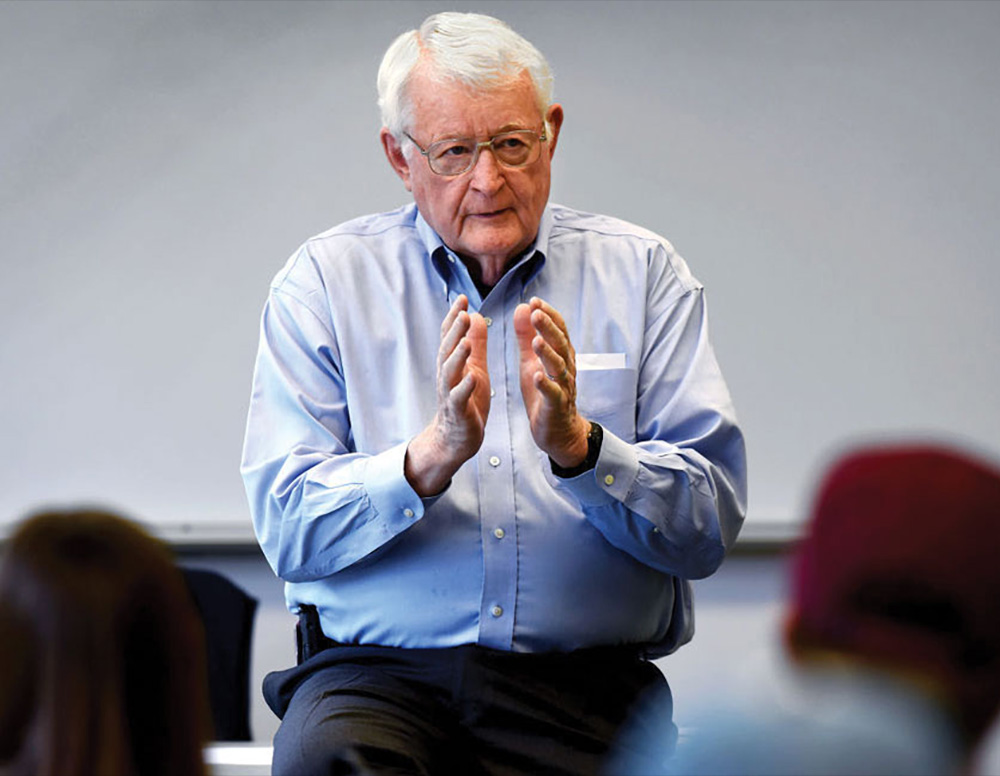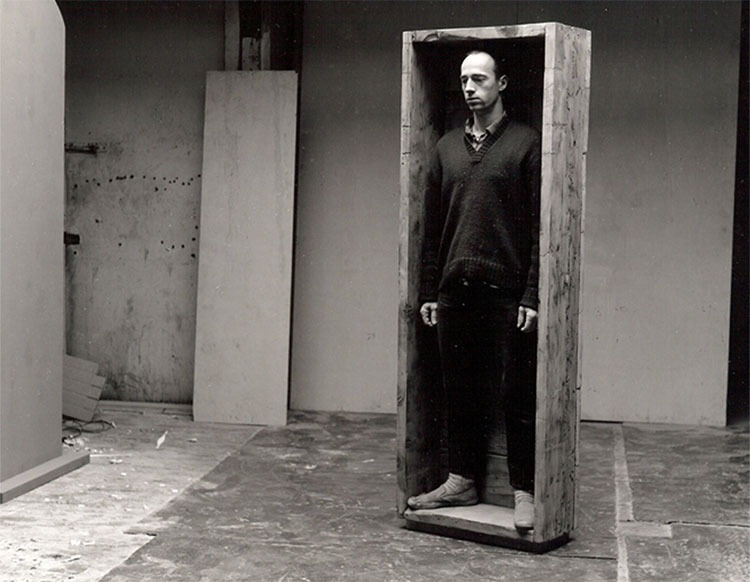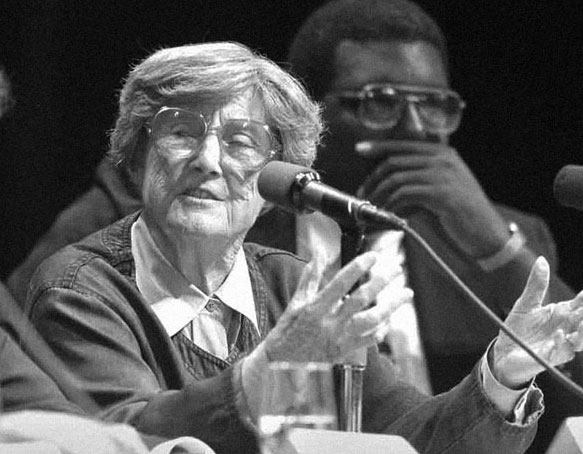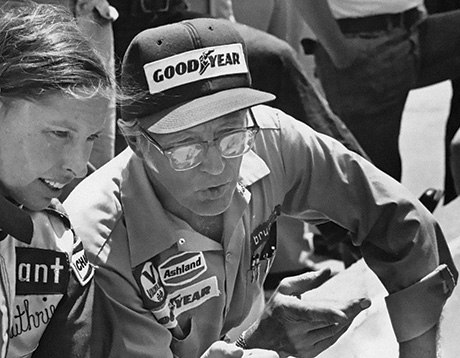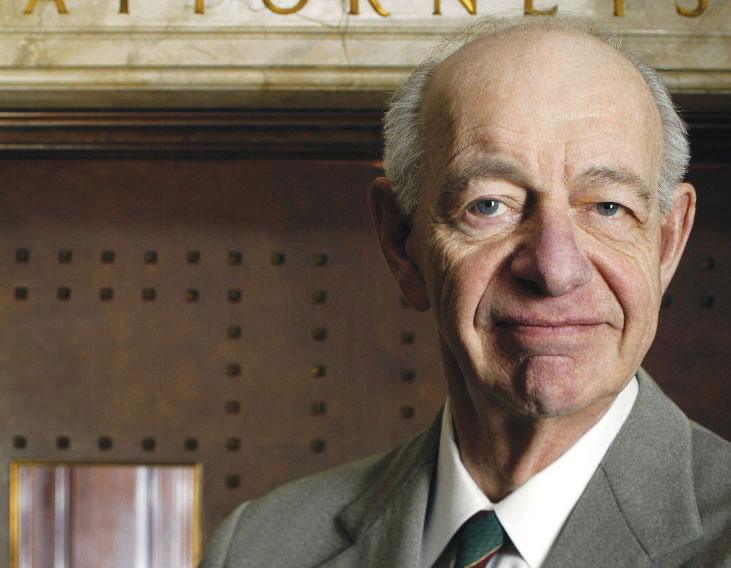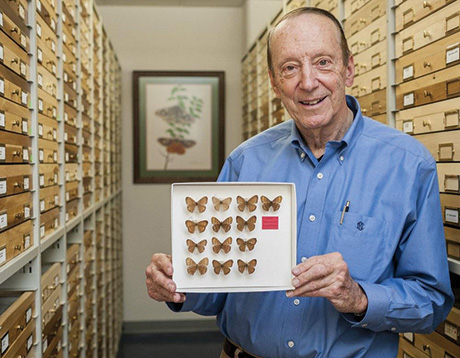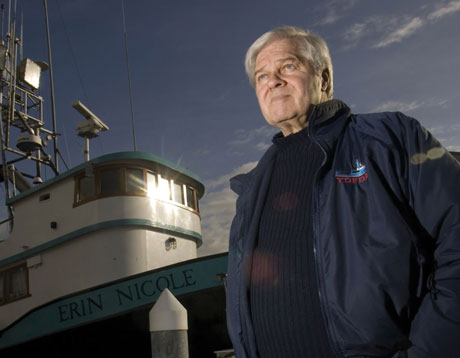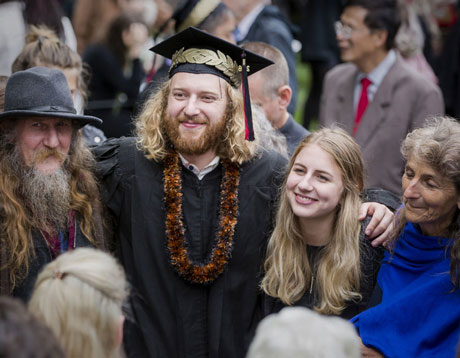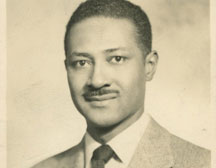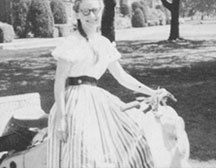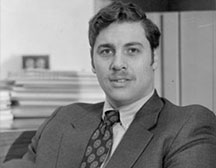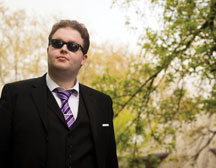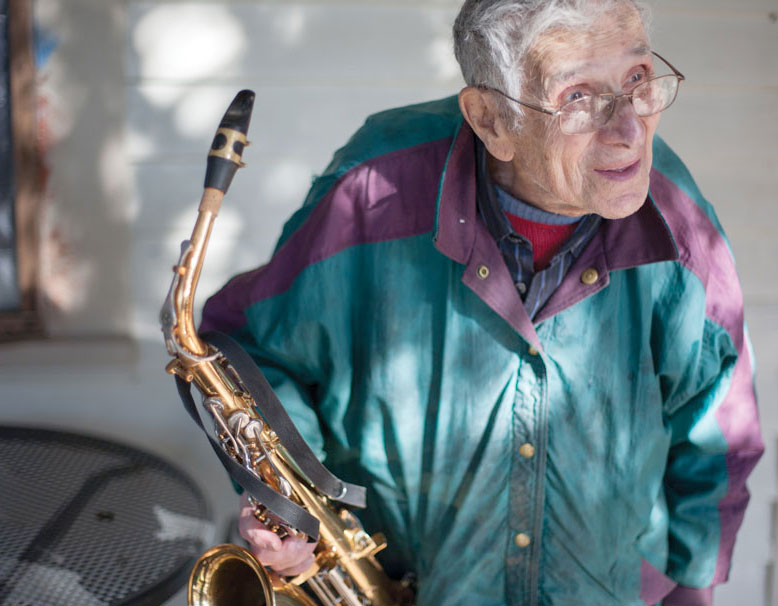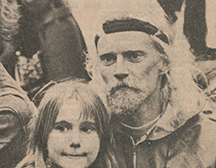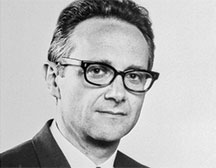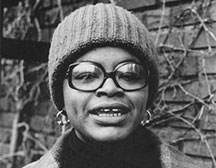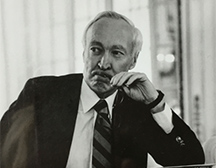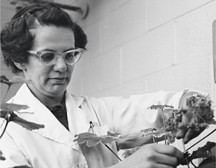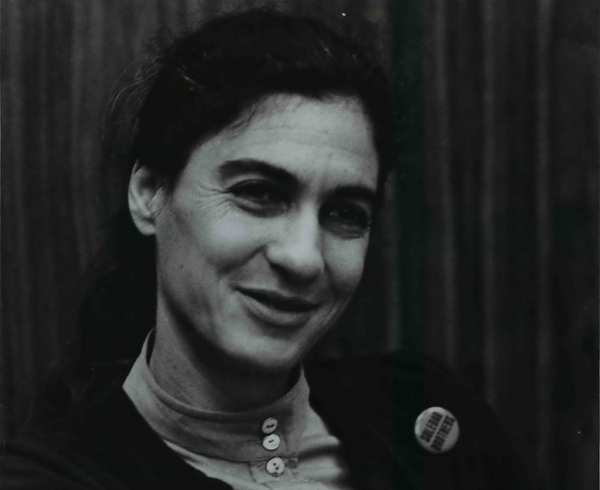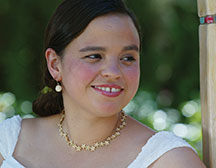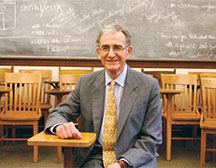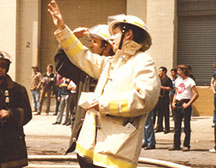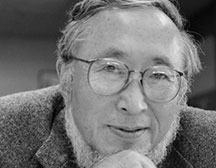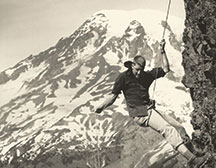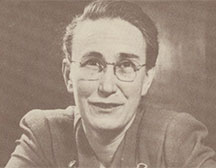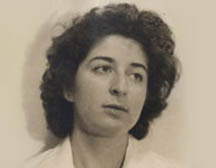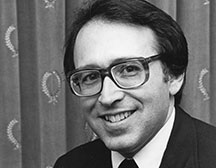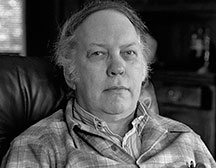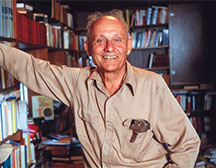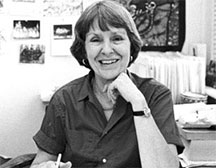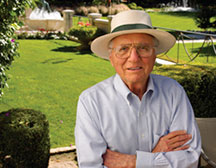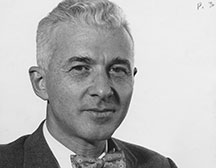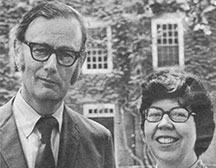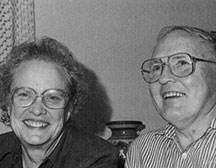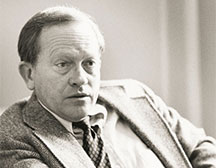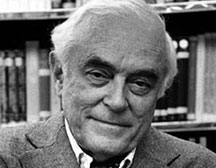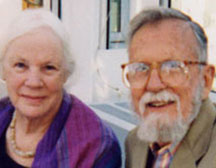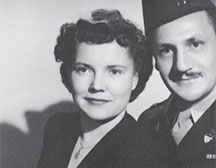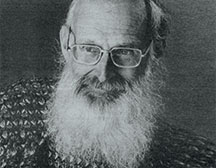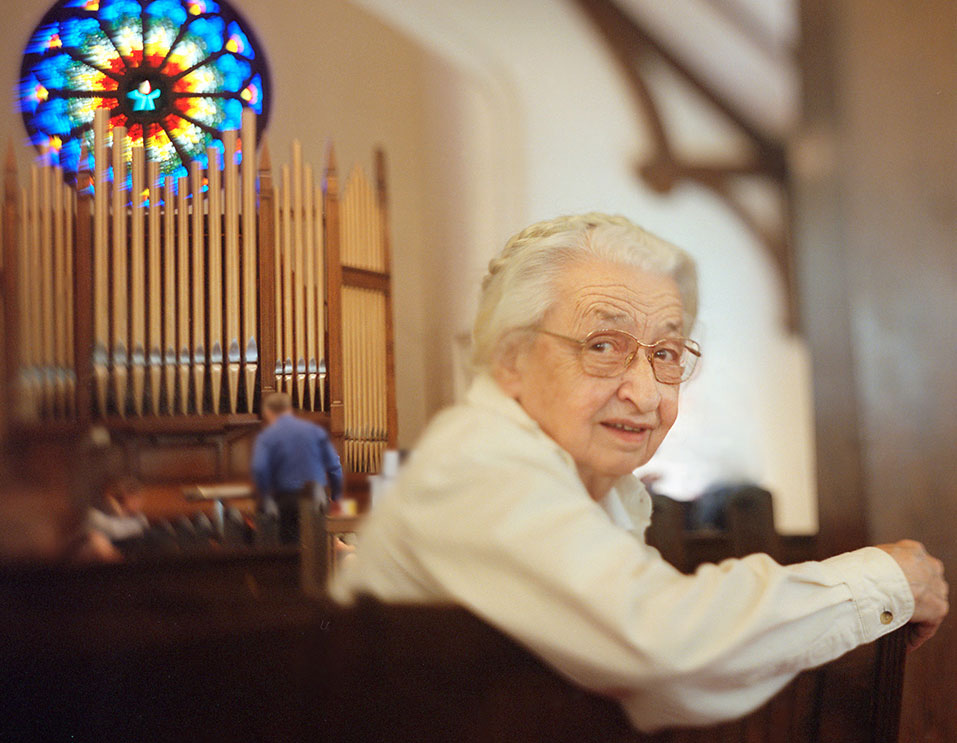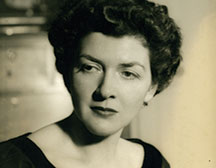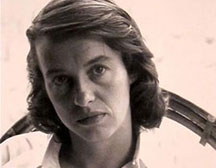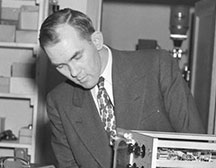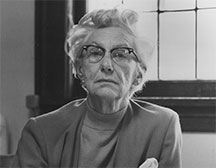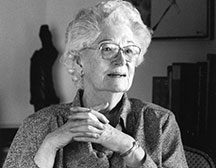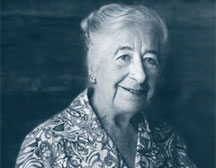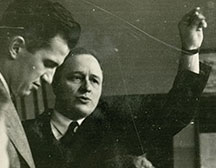Novelist Plots a Life of Adventures
Sally Watson ’50
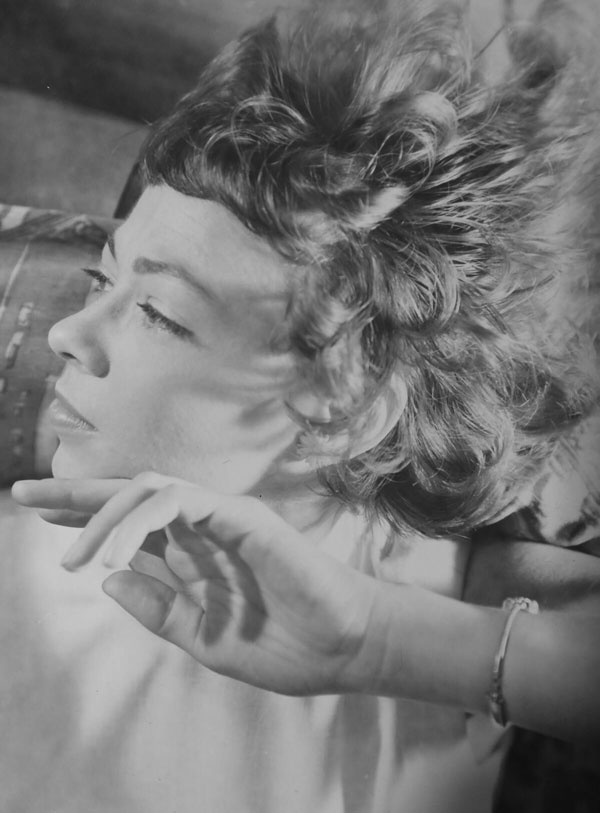
March 11, 2022, in Santa Rosa, California.
“I suspect most Reedies are misfits,” Sally wrote in her unpublished autobiography, Who Me? “They feel like aliens, seem to have nothing in common with their ‘peers,’ and don’t even think in the same language.” But in addition to these, Sally had another reason for feeling “other.” When she was two, she was savagely burned in the face and neck by concentrated sulfuric acid. “Any species by instinct wants to reject one who is Different, even if their members don’t realize it,” she wrote. “There was little handicap to my movements—but it was as disfiguring as thalidomide. More, in a way. The face is the seat of personality, and people are more offended if something’s wrong there. Other children were innocently curious, or teasing or unkind. Not nearly as bad as adults’ cold clinical disgust as to some slimy creature from the swamps.”
The eldest of five children born to William and Dorothy Watson, Sally was raised in a house perched atop a hill in Seattle. From her bedroom window she looked out over a mile of rooftops to Lake Washington.
Pearl Harbor was attacked just shy of her 18th birthday, and Sally joined the WAVES (the women’s branch of the United States Naval Reserve), where she studied radio engineering in Astoria, Oregon. When the war ended, she attended Colorado State College of Education for three years, partly funded by the G.I. Bill. But the college was not to her liking. She rarely cracked a book and still pulled straight As. She wondered whether college shouldn’t be more challenging and began applying to transfer. Before applying, she’d never heard of Reed, but she was accepted and started at the age of 24 as a senior transfer in English. Before she could become a senior, she was told she had to take a little test called the junior qualifying exam.
“It turned out the little test was a 10-hour exam,” she said. “Questions like Interpret the sense of three of the following statements. Explain the critical point of view from which they are written and comment on the validity of the judgment in the light of your own understanding of the author or work involved, with specific evidence. Two hours. I could not have written one word in answer to one single question, and there weren’t any other details I happened to know. I looked at the benign professor, who flickered a quizzical eyebrow. ‘Uh, how about I be a junior?’ I suggested brightly. He smiled. ‘We thought you might feel that way.’”
At Reed, she discovered kindred spirits in the friends and professors she encountered. She also discovered a love for learning and discourse. “I realized that at Reed I had found my kind of people,” she wrote. “We thought the same things were interesting and important. You could have conversations, often laced with dry, subtle humor in class and out of it. Faculty and students alike produced witty phrases like ‘moral smugness’ or ‘the glorious lunacy of chivalric battle,’ or observations like ‘a Russian comedy is a play in which the hero dies happy.’ The more you knew, the better you could appreciate this kind of humor.”
She ambled around the Reed coffee shop listening to conversations, joining the ones she most fancied, about the new Mt. Palomar observatory, Sartre’s existential play No Exit, the Harry Hopkins papers, Arab armies trying to destroy the new state of Israel, or the unlikely new notion that the universe started with a big bang.
“Reed is what I wanted from the beginning—without knowing it,” she said. “Classes here are like daily miracles. It’s as though every class is a great door opening a little wider on a great and wonderful scene—horizon after horizon—that I never even knew existed.”
But she’d never studied so many hours in the day, and when it became overwhelming, she was advised to take breaks from studying. “I’ve taken up knitting as one relaxant,” she wrote. “Mom’s style. You don’t have to look. So I can knit and read or talk—I even knit in class, and it’s okay so long as I’m fully participating. I’ve begun doing cartoons again—full page ones of whole scenes, like Ralph Berringer [English 1946–53] urging ‘Why not kick that around a little?’ to a horrified, shocked, blank-faced table of pupils. Of Rex Aragon’s [history 1923–74] lecture to rows of bewildered kids: ‘—to simplify the problem, another way of theorizing the rational and material aspects of these essentially characteristic elements of conflict and interplay between the rigid mathematical imposition of axiomatic theory and the endeavor to develop a process to facilitate the systematizing of experience—’ (I got that from his lecture, too. Couldn’t have thunk it up myself.)”
Sally wrote her thesis, “Passion Spins the Plot (an Analysis of the Conflict between Reason and Passion in Othello, Hamlet, and King Lear),” advised by Prof. William Alderson [English 1943–64].
After graduating, she worked in various places on the West Coast, including at MGM, where she handled fan mail and remembered seeing the young Debbie Reynolds walking around the lot in jeans with her lunch in a paper bag. But studio life was not a good fit for Sally. She much preferred the intellectual stimulation of helping to lead Great Books discussion groups and making lifelong friends in the process.
In 1953, upon learning that a friend had published a story in a children’s magazine, Sally decided to write a book for children. Perched on the edge of her bed facing a typewriter on a tiny table, she completed the first draft of her novel in three weeks and the second draft in another three. Set in 1745, Highland Rebel told the story of a spirited young girl living in Scotland during the Jacobite rising. Holt, a major publishing house, accepted the book without revision—very unusual for a first-time author. The cover illustration depicted a confident girl wielding a sword. The book was highly successful. Sally, who’d always known that she didn’t want to be a housewife or office worker, discovered what she did want to do. The next year she followed up with Mistress Malapert, another work of historical fiction about a girl who disguised herself as a boy in order to work with Shakespeare at the Globe Theatre.
In all, Sally created 10 books in what became known as the Family Tree series. Spanning three centuries in timeline, the stories always featured strong, opinionated heroines rebelling against the restrictions placed on females by society. Characters were often related by family, and some of the books contained a printed version of the complex genealogical chart Sally originally created in calligraphic script. She took great care to assure the historical accuracy of the times in which she placed her fictional characters.
“I was always interested in the kind of history they didn’t teach you in school,” she said. “I want to know what people thought and what they wore and what they ate for breakfast.”
The success of the Family Tree series allowed her to venture forth. “After three books,” she wrote in her autobiography, “I had enough money to go to Europe for five months. Three more books, and I went back to England for a year, studied Highland dancing, and wrote some more books.”
In 1957, Sally visited the young country of Israel and, struck by what she saw, wrote To Build a Land, about refugee and orphaned children from around the world, traumatized by WWII, who learn to make a new life together on a kibbutz. Another two books followed: Israel: Other Sandals (1966) and The Mukhtar’s Children (1968). Years later, she reworked To Build a Land and self-published it as a book for adults called The Return of the Exiles (2014).
For a time, Watson lived in Oakland and wrote while partnering with her mother, schoolteacher Dorothy Taft Watson, on a groundbreaking audiovisual program that taught children and adults to read through phonics.
In 1964, at age 40, Sally discovered that while her income would not allow her to live independently in the United States, she could do so in England. She purchased a cottage in Hampshire, began painting with enamel on copper, sold her wares at craft fairs, and became a black belt in judo.
More than 20 years later, she left England for the California sunshine and purchased a little house in Santa Rosa, where she created a garden with fruit trees and a fish pond. Sally became a master gardener and joined a local group that fed and fostered feral cats.
By the ’70s, her books were out of print and library copies were being sold at exorbitant prices. Devoted fans around the world lobbied for them to be reprinted. In 2002, a small independent press (Image Cascade) decided to reprint most of her books. Lifelong fans were able to complete their collections, and new readers discovered her books for the first time. When fans created a LISTSERV devoted to her writing, Sally joined it (learning to use email in her 80s) and loved exchanging thoughts directly with her readers.
Sally wrote a series set in ancient Egypt, more books in her series about English history, and two memoirs. Previously she had been published by major houses, but she was unable to find an agent or a publisher in a new publishing era. It became clear that self-publishing was the only solution, and in this unfamiliar milieu, Sally needed to function as her own editor, agent, and publicist. She worked meticulously, proofreading her manuscripts over and over, trying to get every detail just right. She had a glorious time writing the books and getting to know her characters. Sally had long been a loner, with a few good friends, but in her last decades she connected with her fans and was amazed to have made so many new friends late in life.
Like the heroines of her books, she cared little for societal expectations. From a very young age, she’d no desire to marry or have children: “I wanted to have adventures!” she said. With her books, she nurtured generations of female readers (and male readers fond of good writing and exciting escapades) who learned about courage and unlimited possibility from her indomitable characters.
As she neared her 98th birthday, Sally mused often on what a wonderful life she felt she’d led; she’d done as she liked, and her life had been “gorgeous.”
Appeared in Reed magazine: September 2022
comments powered by DisqusFrom the Archives: The Lives they Led
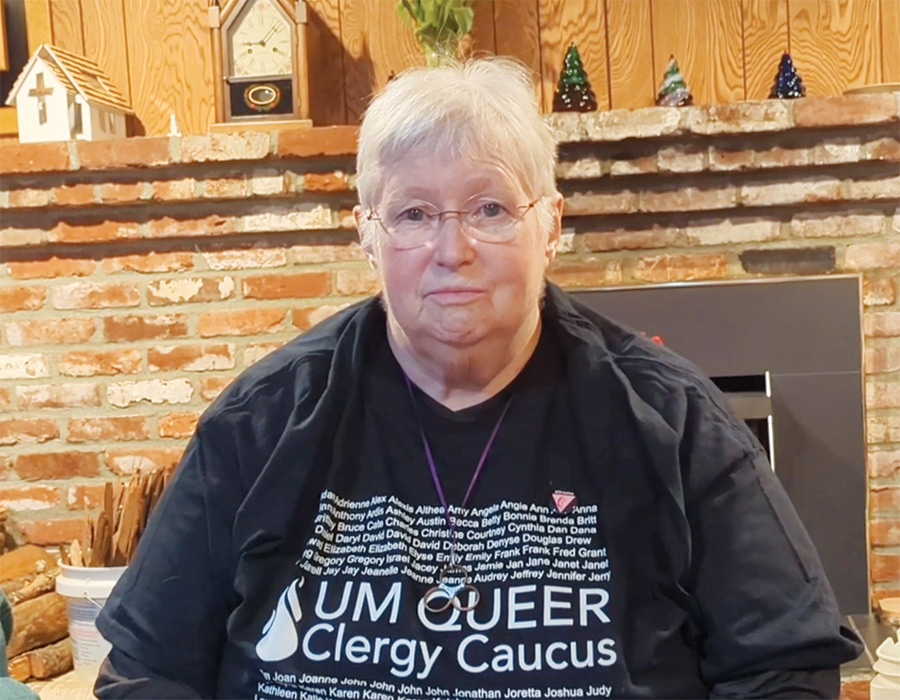
Jeanne Knepper ’69
The First Openly Gay Woman to Be Ordained and Appointed Within the Oregon-Idaho Conference of the United Methodist Church
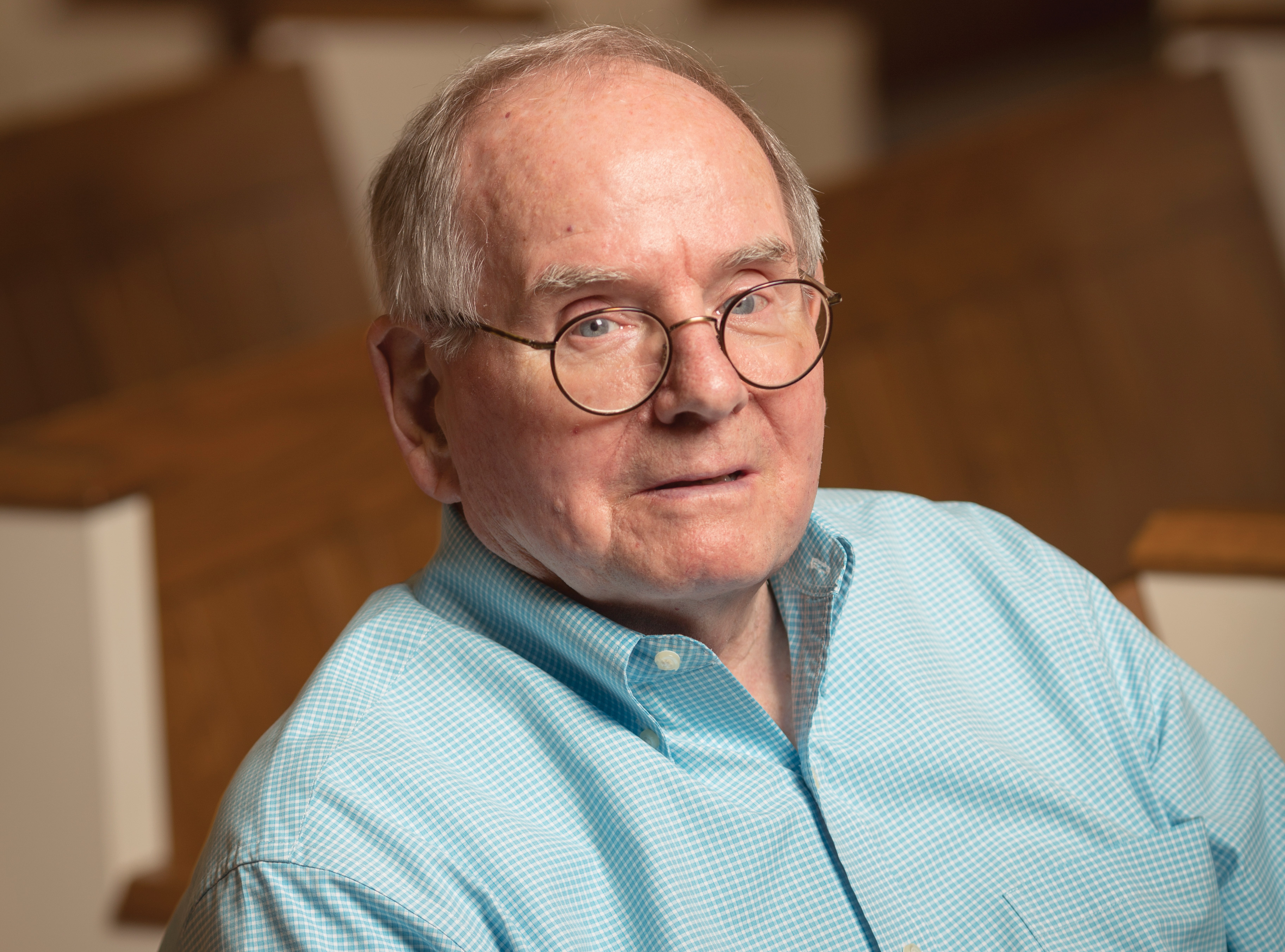
William Haden
As Acting President of Reed, He Strengthened the College's Finances and Alumni Relations
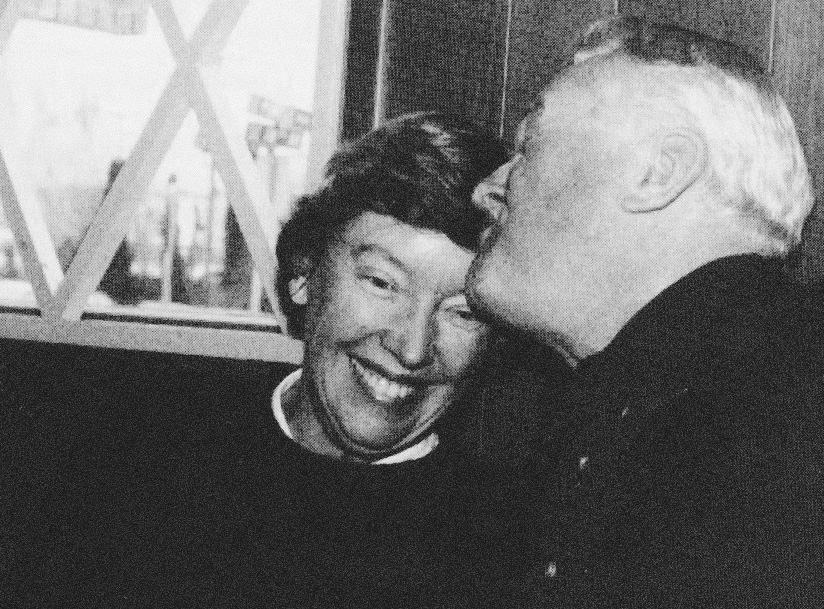
Nancy Horton Bragdon
Reed’s First Lady Whose Warmth and Leadership Were Invaluable During a Turbulent Time

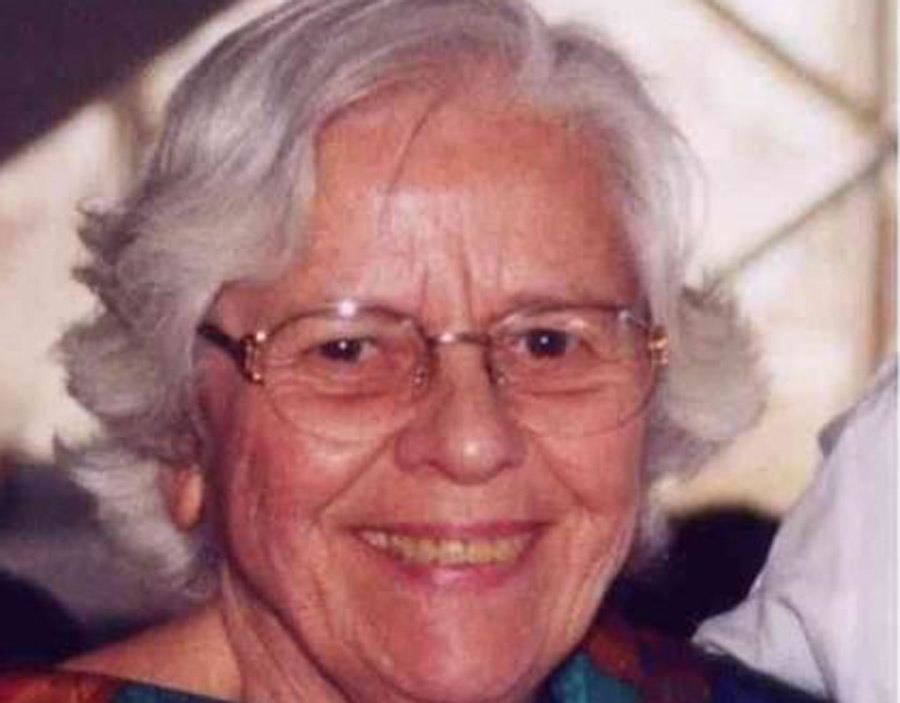
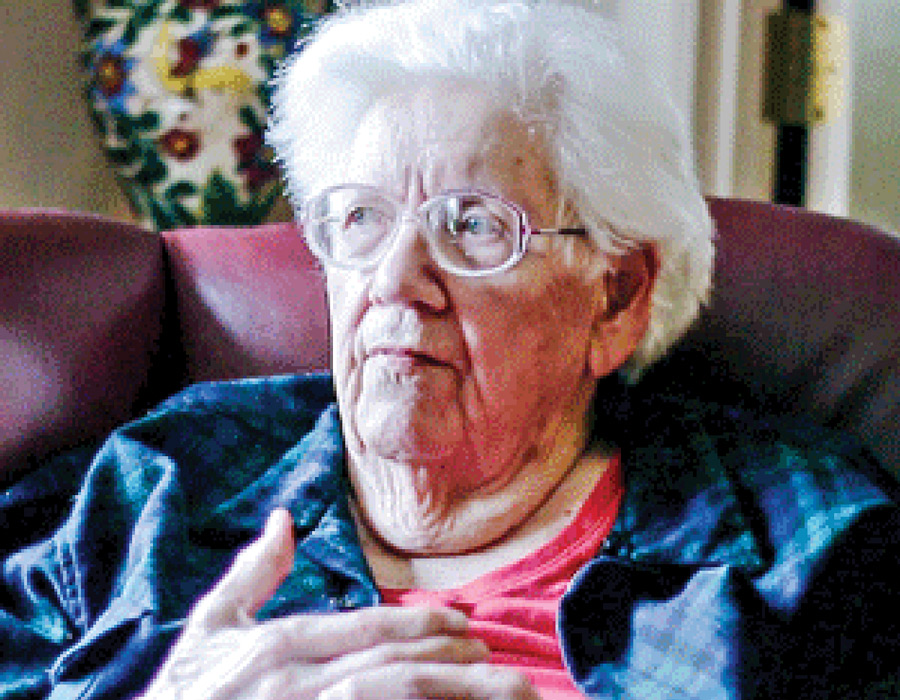
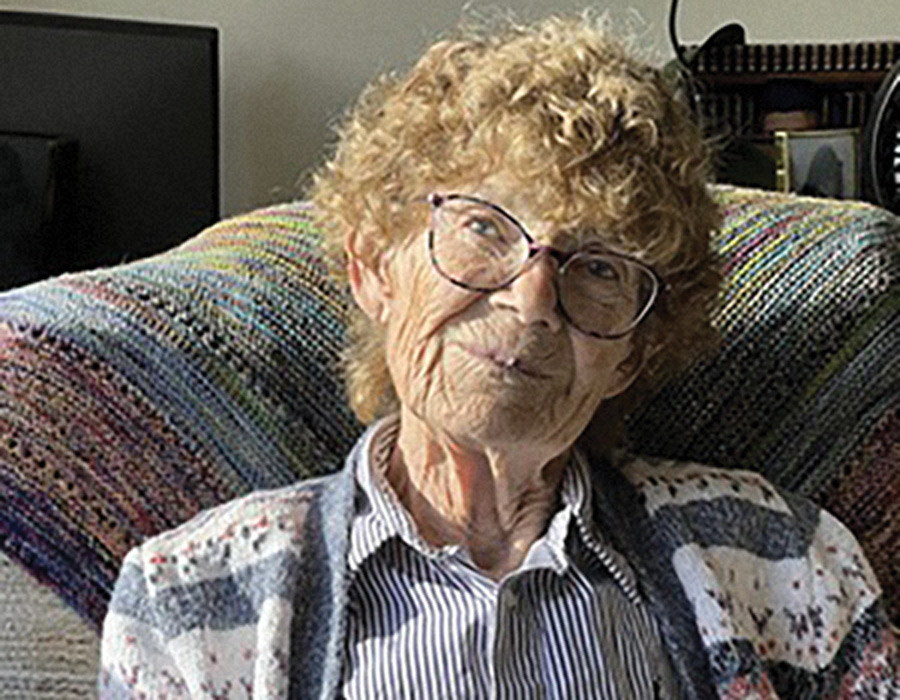
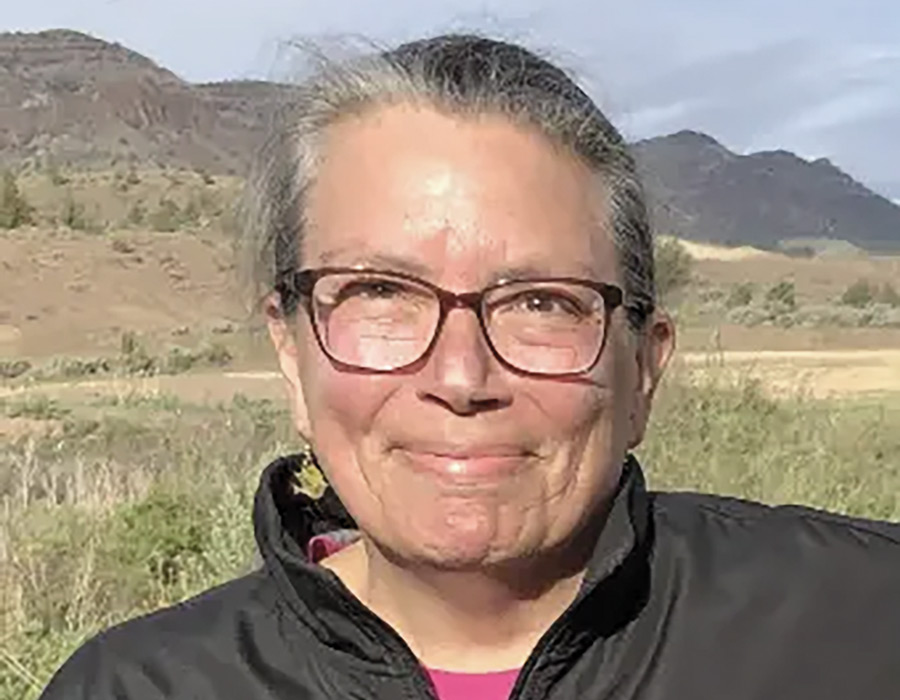
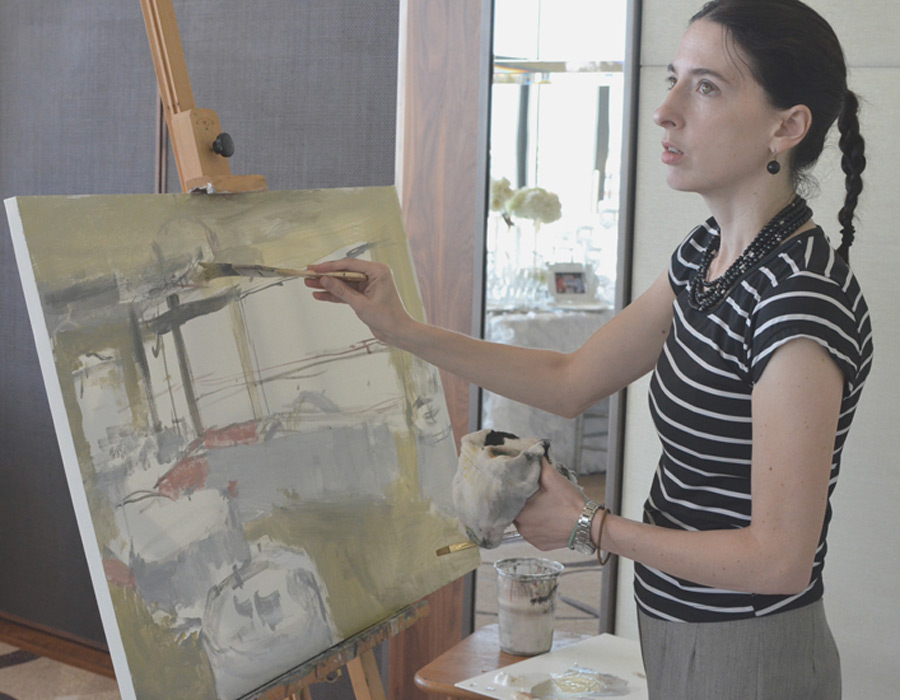
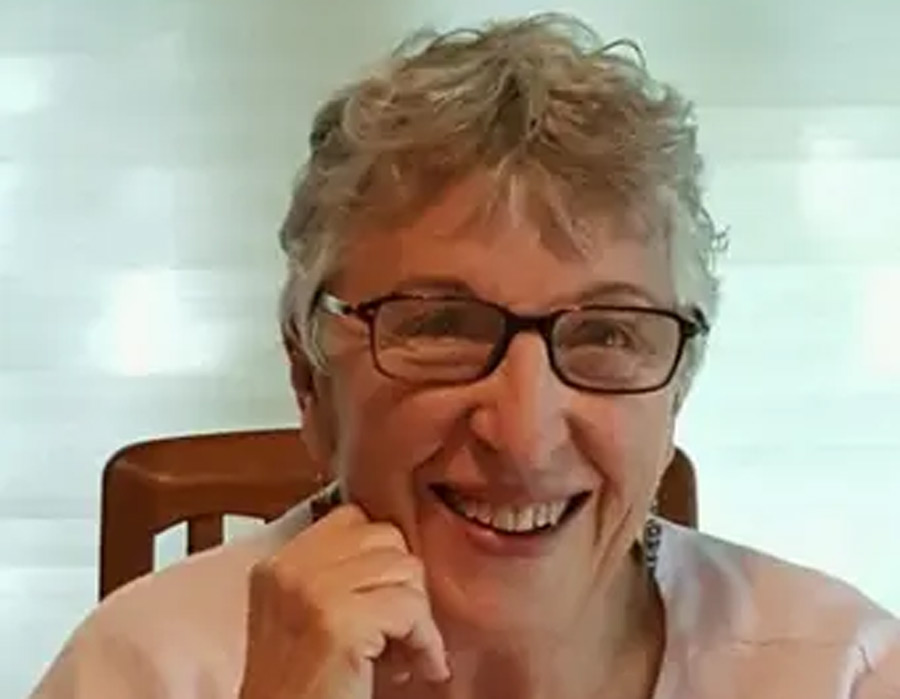

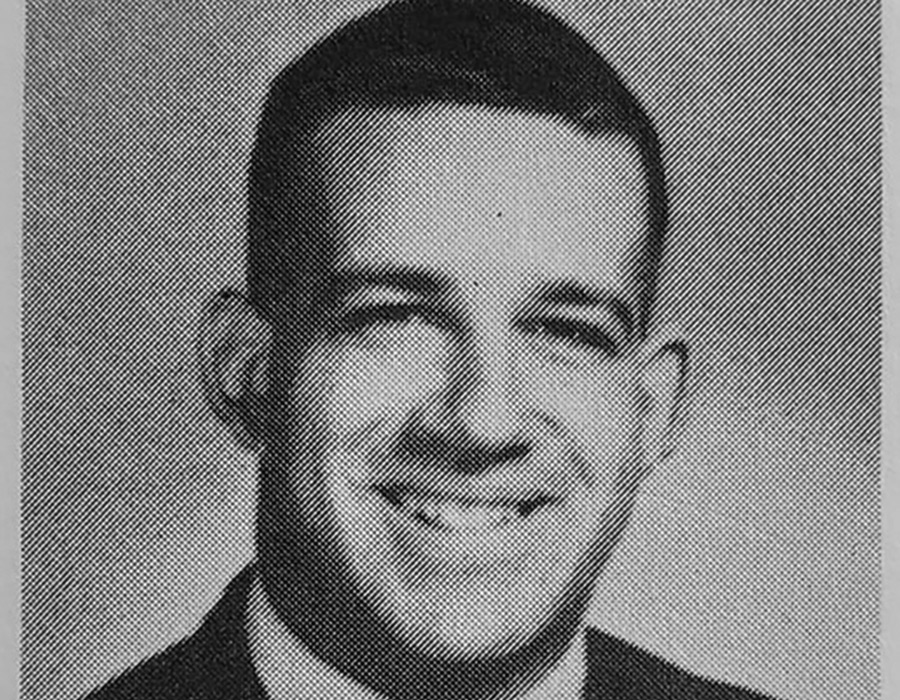
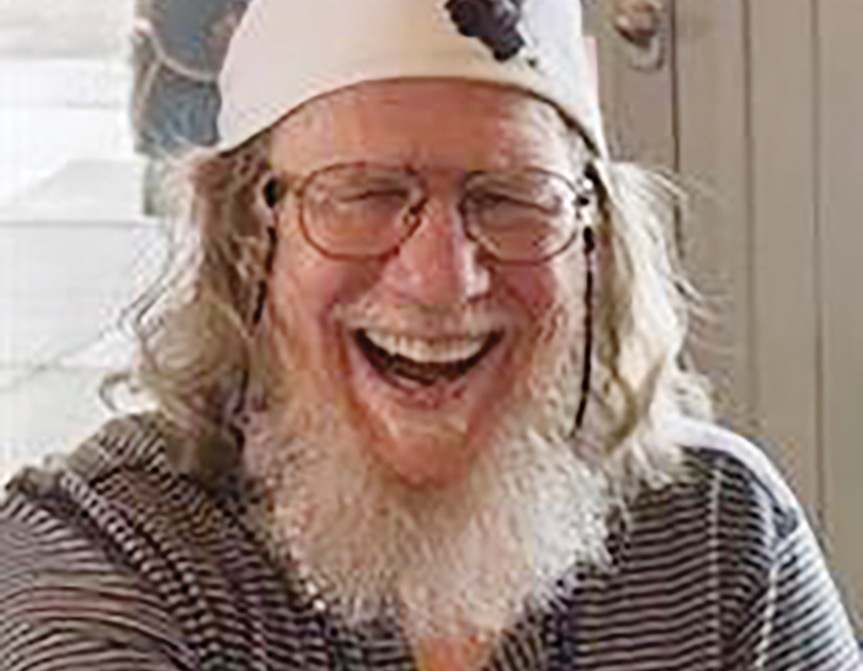



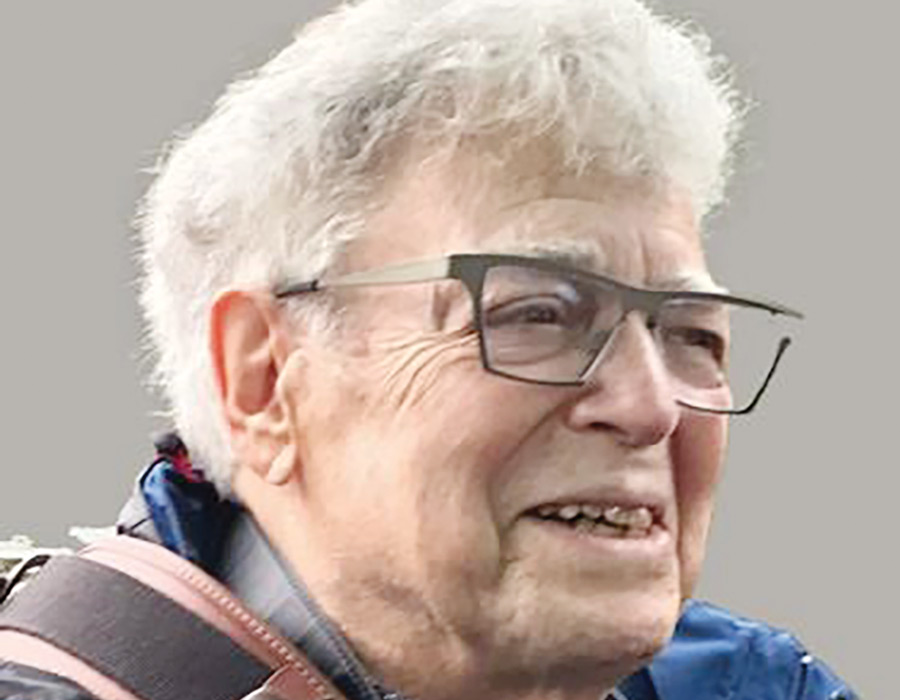
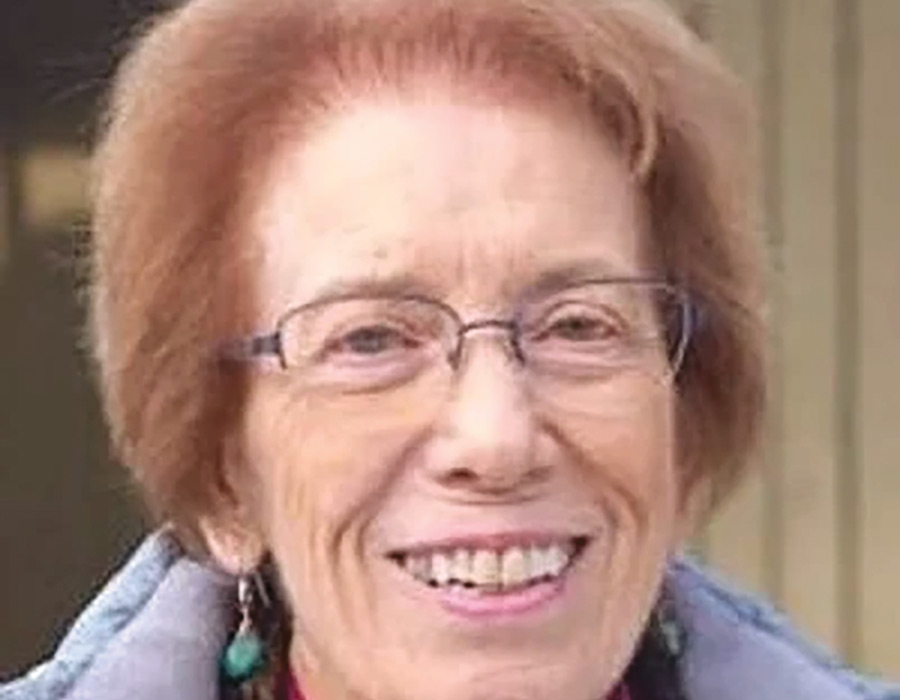
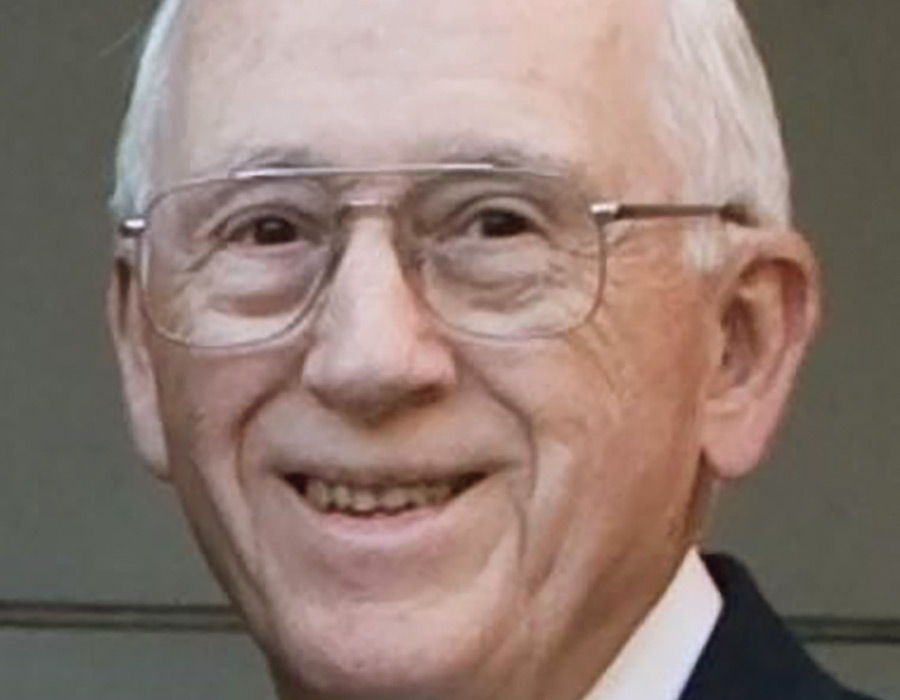

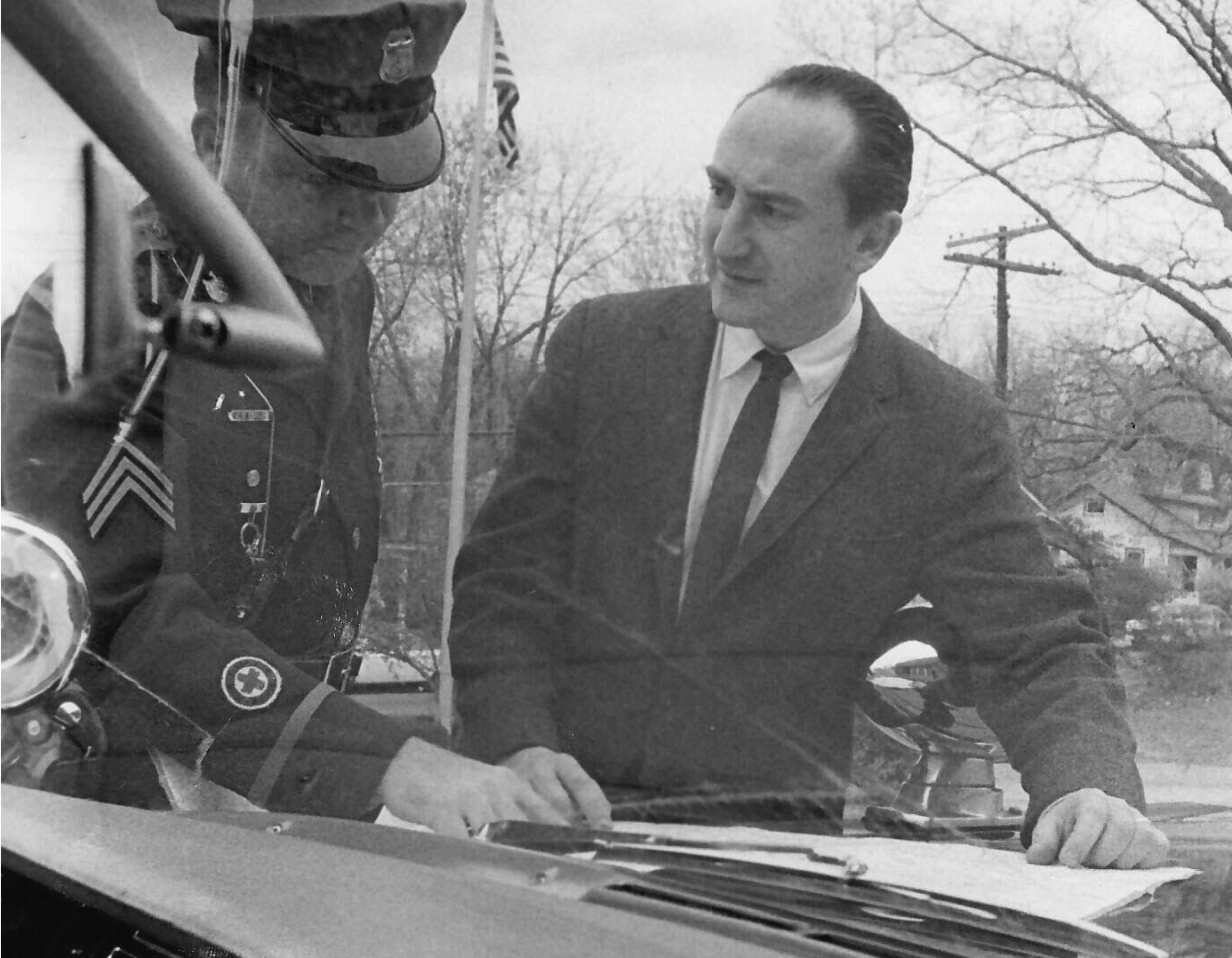

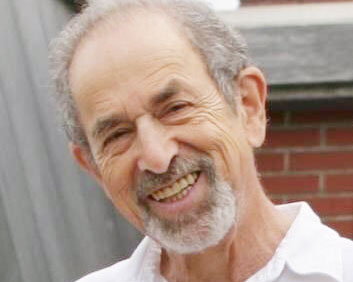
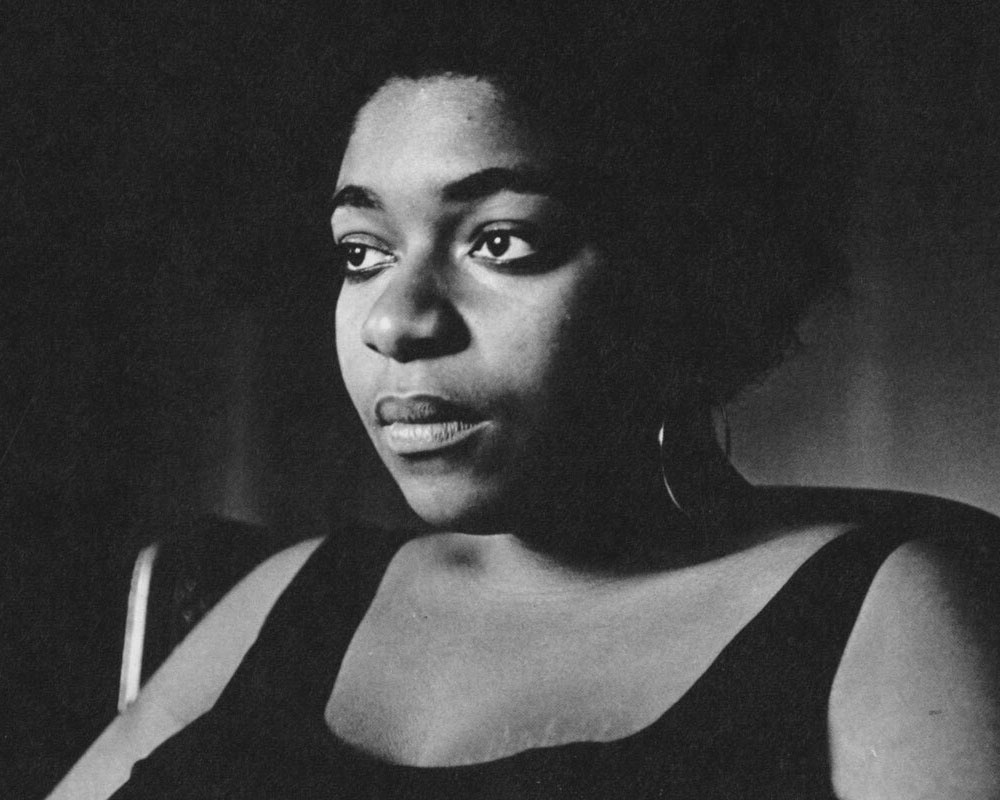

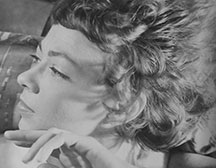
![Photo of Prof. Marvin Levich [philosophy 1953–94]](https://www.reed.edu/reed-magazine/in-memoriam/assets/images/2022/LTL-levich1.jpg)
![Photo of President Paul E. Bragdon [1971–88]](https://www.reed.edu/reed-magazine/in-memoriam/assets/images/2020/Bragdon.jpg)
![Photo of Prof. Edward Barton Segel [history 1973–2011]](https://www.reed.edu/reed-magazine/in-memoriam/assets/images/2020/Segel.jpg)
